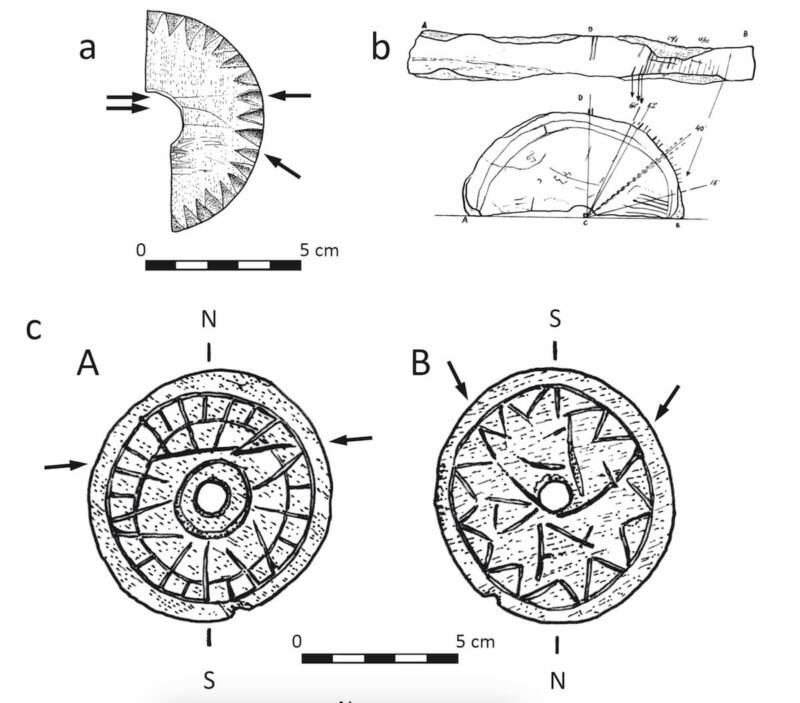Mysterious stone discs discovered in Ukraine may be examples of advanced Viking technology
Researchers initially thought discs were used as calendars or craft tools
Your support helps us to tell the story
From reproductive rights to climate change to Big Tech, The Independent is on the ground when the story is developing. Whether it's investigating the financials of Elon Musk's pro-Trump PAC or producing our latest documentary, 'The A Word', which shines a light on the American women fighting for reproductive rights, we know how important it is to parse out the facts from the messaging.
At such a critical moment in US history, we need reporters on the ground. Your donation allows us to keep sending journalists to speak to both sides of the story.
The Independent is trusted by Americans across the entire political spectrum. And unlike many other quality news outlets, we choose not to lock Americans out of our reporting and analysis with paywalls. We believe quality journalism should be available to everyone, paid for by those who can afford it.
Your support makes all the difference.Mysterious medieval stone disks unearthed in Ukraine were likely used by the Vikings as solar compasses to navigate the seas, a new study says.
The eight unique discs, made from the easy-to-process mineral pyrophyllite slate and crafted between the 12th and 13th centuries, share similarities with wooden solar compasses found elsewhere in Europe.
Archaeologists suspect that the Vikings shared their ideas with communities outside of Scandinavia, enabling the spread of their more advanced navigation tools.
The study, published in the Polish journal Sprawozdania Archeologiczne, notes the disks from Ukraine show features that likely made them usable as solar compasses. They also share similarities with Viking artefacts found in Greenland and Poland.
Initially, researchers thought that the discs were used by local communities as either calendars or as tools to sharpen objects or make jewellery.

“These disks have been previously interpreted as various items, including calendars, craft tools such as needle sharpeners and polishing stones, as well as components of hand-operated bow drills,” the study says.
But some of their unique features such as sharp engravings of rings, lines and other seemingly careful designs raised questions about their actual purpose.
The study confirms the discs were made between the 12th and 13th centuries and that three are similar to Viking compasses discovered elsewhere.

“Through measurements and surface analysis, three stone disks exhibit similarities to the Viking sun compasses, with a limited number of examples found in Greenland and the Baltic Sea region,” the study notes.
The Vikings started arriving in areas around the Baltic Sea – today’s Ukraine, Russia and Belarus – around the eighth and ninth centuries AD, building settlements and introducing their technologies, including navigation tools, to the local communities.
The medieval discs assessed in the latest study may have been among such tools.
“The origin of the raw material suggests local manufacturing,” the study says. “At the same time, the form and function may have been influenced by Scandinavian traders and sailors, aligning with the presence of these discs along rivers within the trade route ‘from the Varangians to the Greeks.”
The researchers called for further studies and archaeological experiments to confirm whether these disks had a “practical navigational purpose”.

Join our commenting forum
Join thought-provoking conversations, follow other Independent readers and see their replies
Comments